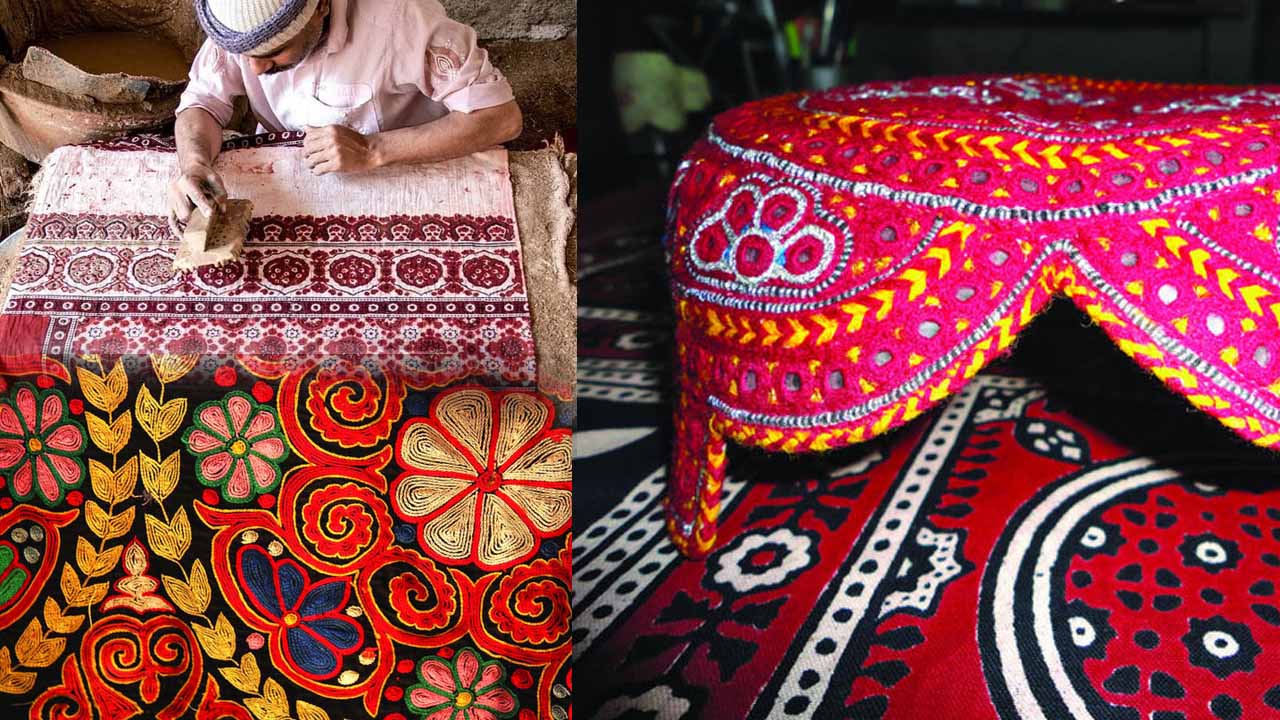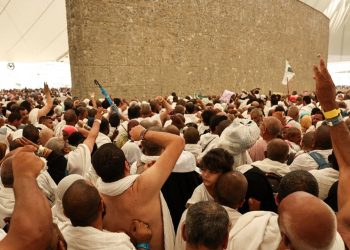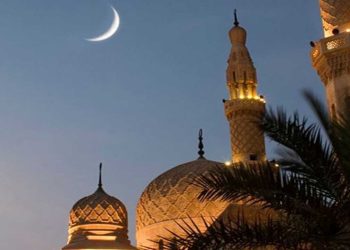In the heart of South Asia, along the banks of the mighty Indus River, lies the province of Sindh in Pakistan. This region is not just known for its rich history and vibrant culture but also for its commitment to preserving one of the oldest textile traditions in the world – the Ajrak.
A Journey Through Time
The Ajrak, a beautifully patterned and intricately designed textile, has a history that spans over 5,000 years. Its origins can be traced back to the civilizations of the Indus Valley, making it one of the oldest printed fabrics in existence. The name “Ajrak” is derived from the Arabic word “Azrak,” which means blue, reflecting the prominent color of this traditional textile.

Craftsmanship and Technique
Crafting Ajrak is a labor-intensive process that requires a high level of skill and precision. It begins with the selection of the finest quality fabrics, often cotton or silk, which are then dyed using natural substances. The distinctive geometric patterns and motifs are block-printed onto the fabric using wooden blocks, each carved with great care and precision.
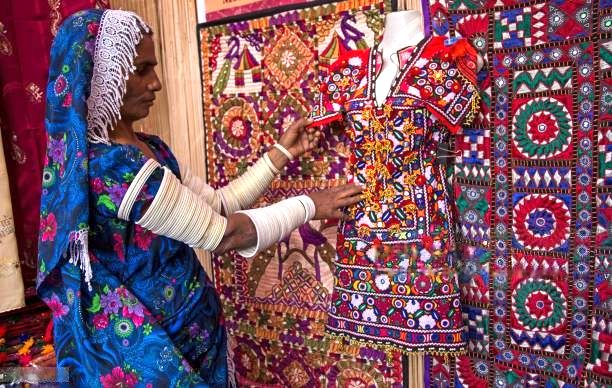
Symbolism and Tradition
Ajrak is more than just a piece of cloth; it is a symbol of culture, identity, and heritage. The patterns and motifs on Ajrak carry deep cultural significance. They often depict nature, with motifs of flowers, stars, and even the sun. Some designs feature elements from Sufi mysticism, emphasizing unity and spirituality.

A Cultural Legacy
Sindh has been instrumental in keeping the Ajrak tradition alive. Families that have passed down the craft through generations continue to produce these exquisite textiles. The province hosts workshops and training programs to ensure that the art of Ajrak making remains a vibrant part of its cultural heritage.

Contemporary Relevance
While rooted in tradition, Ajrak has also found a place in contemporary fashion and design. Many fashion designers in Pakistan and around the world have incorporated Ajrak patterns into their collections. This not only helps sustain the craft but also gives it a global presence.
Challenges and Sustainability
Preserving the Ajrak tradition is not without its challenges. The use of natural dyes and traditional techniques can be time-consuming and costly compared to modern manufacturing methods. Additionally, competition from mass-produced textiles can threaten the livelihoods of Ajrak artisans.
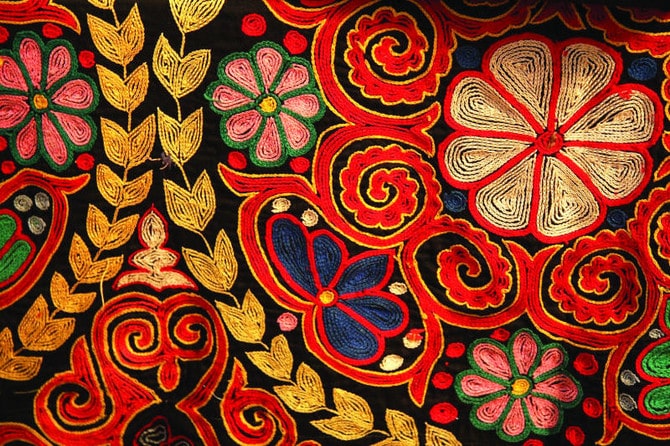
Recognition on the Global Stage
In recent years, Ajrak has gained international recognition for its artistic and cultural value. Its significance goes beyond aesthetics; it represents a living link to the ancient civilizations of the Indus Valley. This has led to efforts to protect and promote Ajrak as part of Pakistan’s cultural heritage.

Conclusion
The Ajrak tradition in Sindh is a testament to the enduring power of cultural heritage. In an age of fast fashion and mass production, the commitment of artisans and communities to preserve this 5,000-year-old tradition is both remarkable and inspiring. As long as there are individuals dedicated to its survival, the Ajrak will continue to weave its way through the rich tapestry of Pakistan’s cultural heritage.
